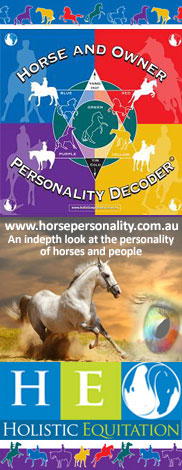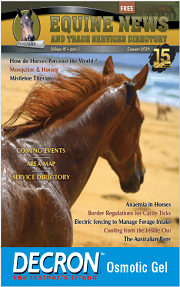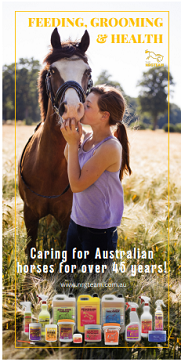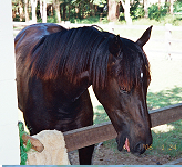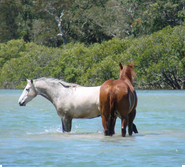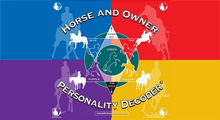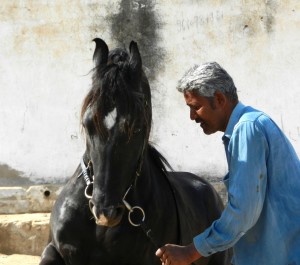
Legend has it that in the 12th century AD, a group of people that would later be known as the Rathores, were exiled from their homeland. Sheoji, the man who would be the father of the Rathores, rode out proudly with a group of faithful pilgrims to find a new home. Their will was of iron, and their horses were strong and fast. Together, they would settle in a region called the Marwar, in Rajasthan, to start a new life.
The horses that bore them were integral to their survival and represented the pride and strength of the people. Over many years, they grew into the regal Marwari breed, and their beauty and power was known to all, represented by their distinctive inwardly pointed ears. When a Marwari horse moved through the city streets, the commoners would bow deeply before it. Yet while their heads faced the ground, their eyes would strain upward to get a glimpse of the almost mythical creature. For hundreds of years, this legendary horse would reign as the symbol of Marwari aristocracy.
In the early 1800s, the British colonials came to India to stake their claim. They brought with them an English way of life and their soldiers rode tall Thoroughbreds. Naturally, the English saw their own horses as the height of equine breeding, and many Marwari horses were killed to stop interbreeding.
After the Second World War, the colonials withdrew from India, leaving behind a scarred country. The aftermath of this continued to hasten the downfall of the Marwari, as Indian noblemen were stripped of their land and assets and even more horses suffered due to their inability to properly care for them. The Marwari horse was all but forgotten and over the course of 150 years, the breed was pushed to the very brink of extinction.
In the late 20th century, one of the remaining Indian lords, a man named Raghuvendra “Bonnie” Singh Dundlod and an American horsewoman named Francesca Kelly, set their minds to saving the breed. Francesca had attended one of Bonnie’s horse‐riding tours of the region and had been so moved by Bonnie and the Marwari horse’s story that she decided to dedicate her life to the conservation of the breed. Within a few years, they founded the Indigenous Horse Society of India, an international society for the preservation and revitalisation of the breed. Finding these friends, the Marwari horse began to thrive again.
Although the Marwari Horse has faced many challenges and was once near extinction, they have struggled for a foothold. However, the challenges they currently face could tip the precarious balance irretrievably.
The Indian Government has instigated an export ban on the Marwari and breeders, many of whom live in hard circumstances themselves, have excess stock. Good feed is not only expensive but is also very hard to find. They also face issues ranging from drought to little to no professional veterinary care and cruel and inhumane horse training practices, much like the dancing bears, due to lack of education and more modern horse equipment.
“Bonnie” Singh Dundlod and Francesca Kelly contacted Frazzica Productions to make a documentary on the plight of these amazing indigenous horses, which they have done with their own money because they believe in the cause. Frazzica Productions hope to launch this documentary at the Sundance Film Festival in August and promote it world -wide to raise awareness and funds to help Indian support the existing horses and also provide education and equipment to ensure a kinder way of training.
These horses need help, so please give any support you can to the Indigenous Horse Society of India. Visit Frazzica Productions website www.marwarimovie.com for more information and also have a look at our fundraiser: www.indiegogo.com/projects/marwari
Media Enquiries:
Colleen Lethbridge
Little Things Marketing
E: col.lethbridge@gmail.com











